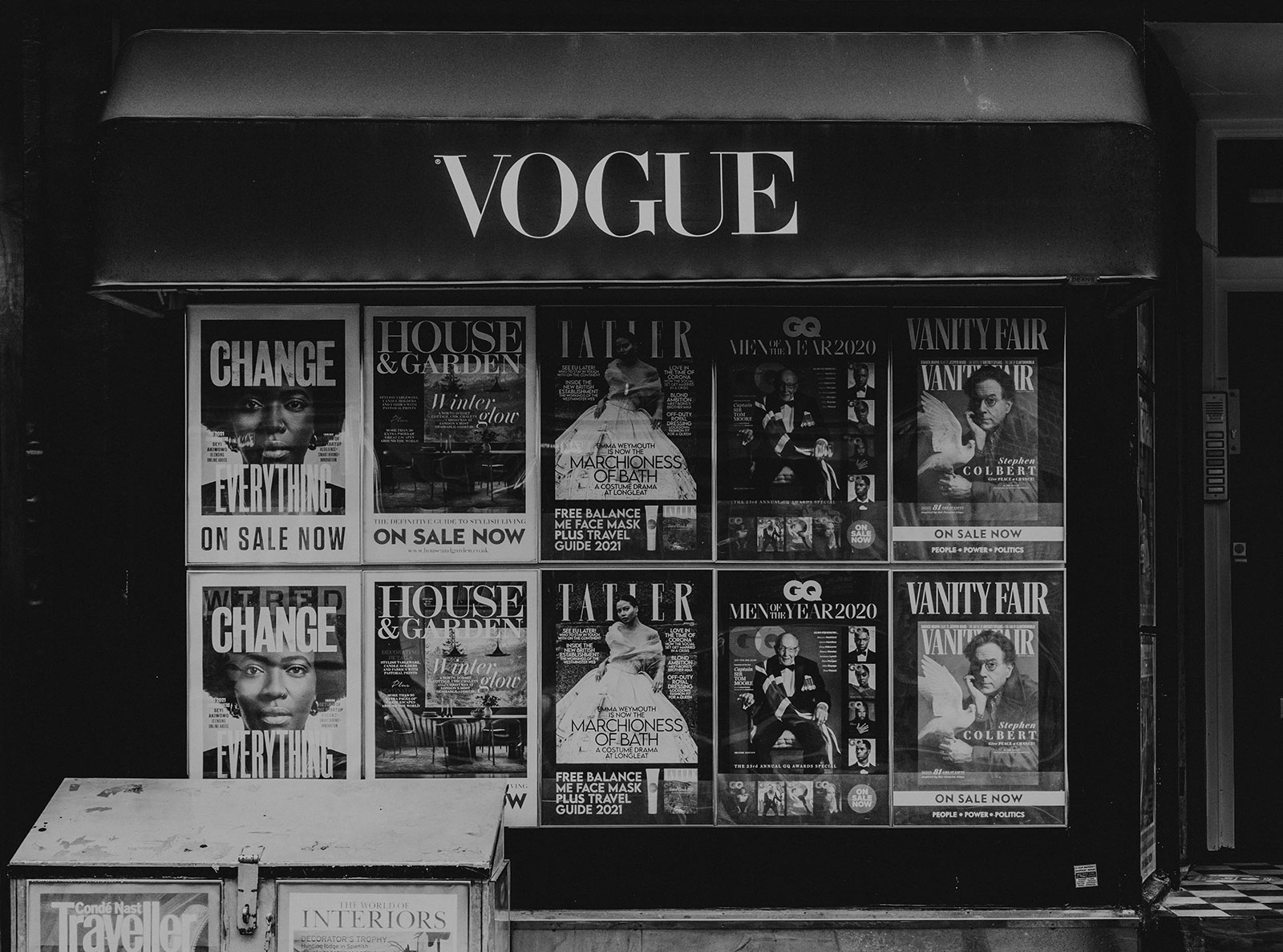By Amber Wiles
For those who are not familiar with the big names in the fashion world, particularly those from Vogue magazine, the name André Leon Talley may be unknown to you, yet his name and story is one worth knowing.
Born on 16th October 1948 in Washington D.C, Leon Talley would go onto to become one of the most influential names in the 20th-21st century world of fashion. Talley studied a Bachelor of Arts degree in French Literature at North Carolina University; he then went on to do a master’s on the subject at Brown University after winning a scholarship. Despite his speciality being French literature, Talley found himself immersed in the fashion world after interning at the Metropolitan Museum of Art (The Met) under Diana Vreeland in 1974. Diana Vreeland herself was a heavy weight in the fashion world after being Editor-in-Chief of US Vogue from 1963-1972, so Talley was amongst one of the greats during his time working at The Met. Vreeland was impressed by Talley’s work as a writer, and she went on to find a job for him working at Andy Warhol’s magazine Interview, which in its heyday was one of the world’s largest magazines. From here Talley went on to work for other big-name magazines such as Women’s Wear Daily, W, The New York Times alongside many other publications before finding a coveted role at Vogue US alongside Editor-in-Chief Anna Wintour. It was during his time at Vogue, that Talley cemented himself as a true icon in the fashion world.
During his time at Vogue he took on numerous roles, first between 1983 to 1987 Talley worked as the Fashion News Director, then from 1988-1995 he became the first African American male Creative Director, and from 1998-2013 he was Editor-At-Large. Talley dominated each of these roles and used his influence to make real changes in the fashion world. He actively advocated for diversity both at Vogue and in the fashion world at large. He was a huge advocate for the LGBTQIA+ community as a member of the community himself, he even stepped down as editor-at-large at Numéro Russia due to Russia’s anti-LGBTQIA+ laws. Talley also championed emerging designers through his work which often linked with his want of more diversity in the fashion world. From 2008, Talley aided the Obama’s during their time in the White House on all things fashion, and he even styled First Lady Michelle Obama for her first Vogue cover shoot for US Vogue. After leaving Vogue he went on to work at numerous magazines, and he even wrote a book titled The Chiffon Trenches which received a spot on The New York Times Bestsellers List. The book explored his tumultuous working relationship with Anna Wintour as well as his experiences of racism during his career. These are just a few examples however of the work Talley managed in his career, the impact of which is immeasurable and undeniable.
For me personally, when I found a love for fashion at a young age, I became obsessed with all things Vogue. I read books, bought the magazines, and watched documentaries, including the iconic documentary The September Issue. A documentary which followed the making of the 2007 September US Vogue issue, which is the most coveted issue of Vogue each year, which takes months of work to produce. It was here I first became familiar with Leon Talley; his presence was an outlier amongst the Vogue team, and I identified him as a voice to pay attention to. Which I have for many years. I most fondly remember his interviews at The Met Gala, in which he managed to create an ease and rapport with the events guest. His personality led to the most bingeable interviews, that you couldn’t help but be enamoured by. Talley would often be sat at the top of the iconic Met stairs, in his iconic robes, which were a feature of his role in the fashion world, waiting as the who’s who of the world made their way up the steps. His interviews were imbued with an ease and skill Talley naturally embodied.
André Leon Talley’s voice and presence will be greatly missed. It is voices like his that made me fall in love with the world of fashion. His influence was one that could not be ignored and one that should be remembered.
Photo Credit: Toa Heftiba via Unsplash


